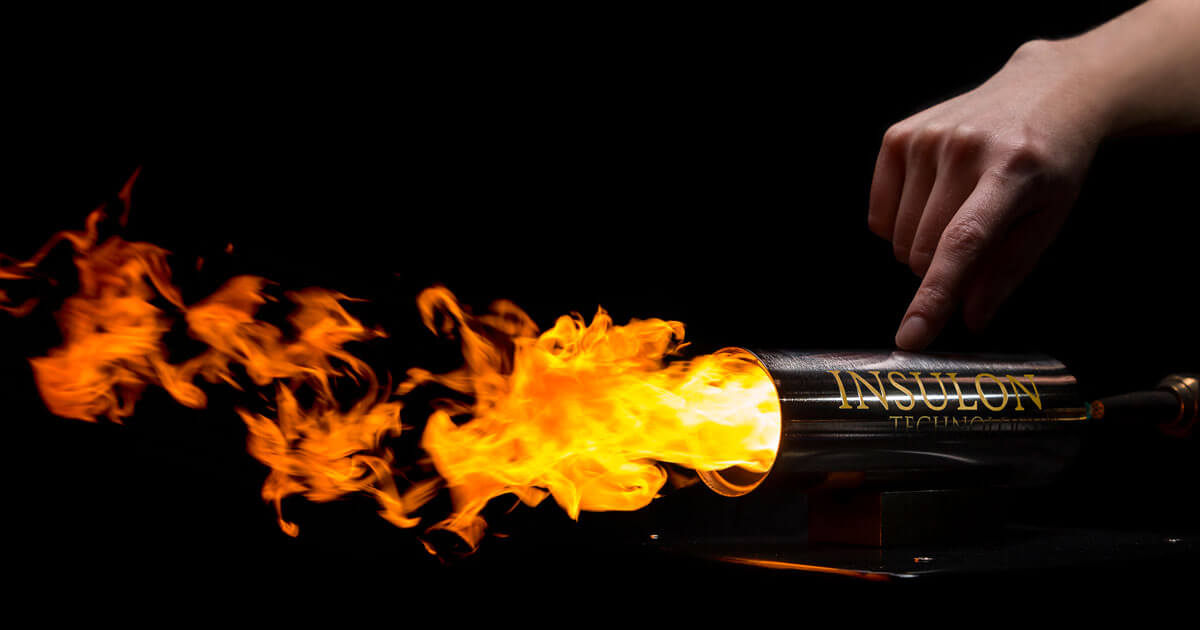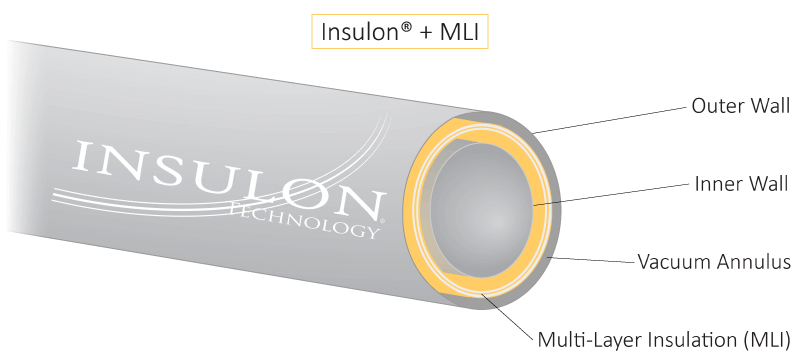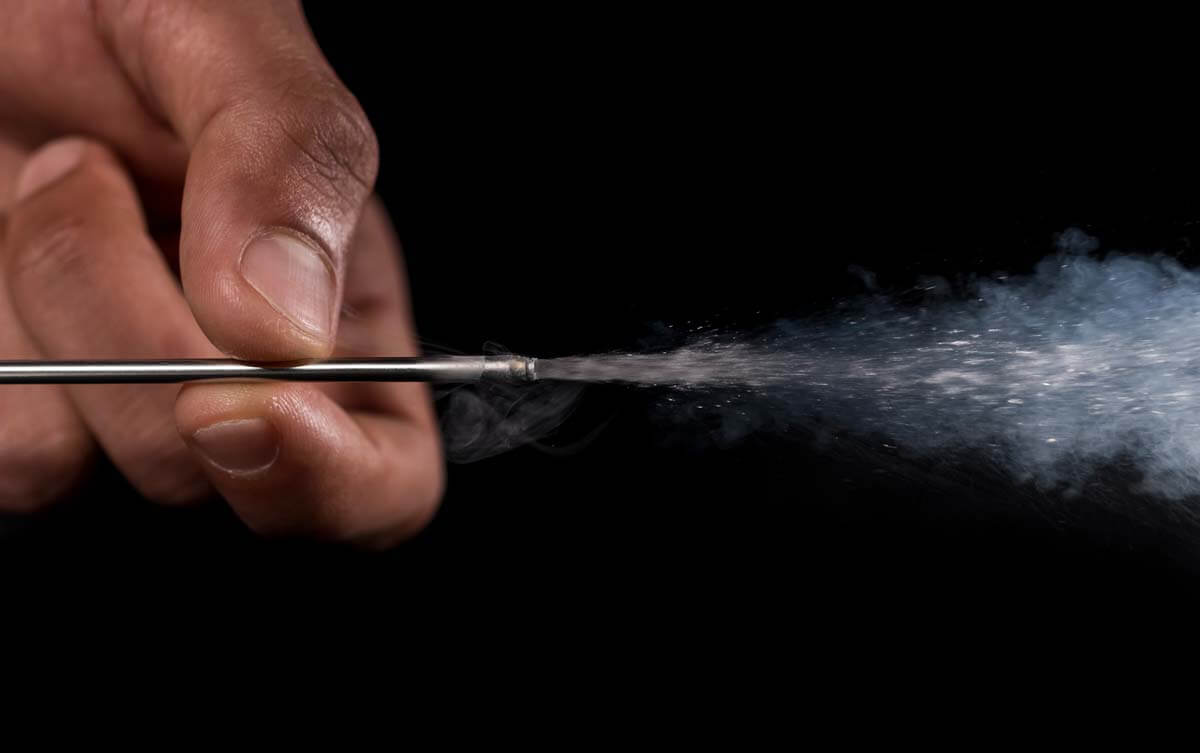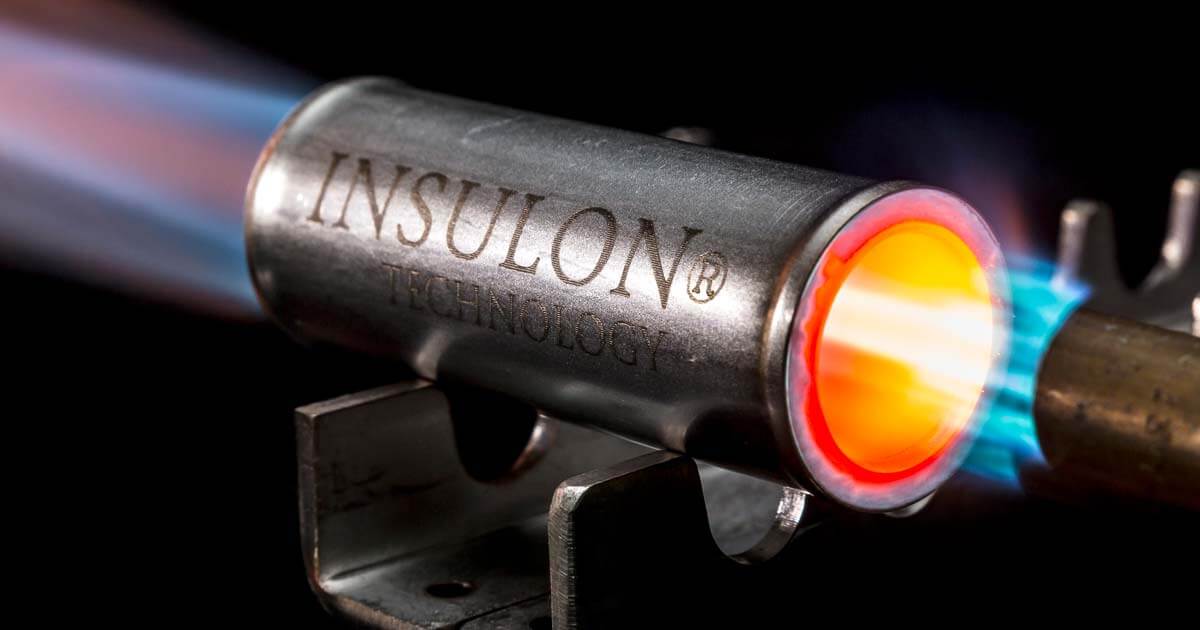Cryogenic vacuum insulation
For years, cryogenic systems have benefitted enormously from vacuum insulation. According to NASA, “Cryogenic thermal insulation systems that incorporate a vacuum environment can provide the lowest possible heat transfer.” But what about high-temperature applications? Can vacuum insulation be an effective high-temperature insulation material?
“Cryogenic thermal insulation systems that incorporate a vacuum environment can provide the lowest possible heat transfer.”
Kogan, A. “Cryogenic Vacuum Insulation for Vessels and Piping.” NASA.
Traditionally, vacuum insulation has not been used at high temperatures due to a variety of issues. However, advancements in thermal technology are opening new doors. This highly effective insulation material can now be incorporated in non-cryogenic systems.
High-temperature vacuum insulation
Insulon® Technology represents proprietary advancements in vacuum insulation technology. Engineered with a broad operating temperature range, Insulon is effective in systems up to 815°C or higher, depending on the product. Applications include aerospace, cleanroom manufacturing, food processing, medical, and pharmaceutical, among others. Benefits include improved energy efficiency, reduced skin temperature, improved thermal stability, and more.

Why is vacuum insulation considered the best known insulator?
Vacuum technology is used to engineer high-performance thermal insulation to prevent conductive and convective heat transfer.
With its complete lack of atoms, a vacuum is often considered to be the best known insulator.
Zyga, L. “Scientists Create Material More Insulating than the Vacuum.” Phys.org.
The addition of multi-layer insulation (MLI) reduces radiation heat transfer as well. This creates Vacuum Super Insulation for even greater thermal performance. Just like all Insulon products, Vacuum Super Insulation with proprietary MLI can perform in high-temperature environments up to 815°C or higher, depending on the product.

In addition to high-temperature capabilities, Insulon advanced vacuum insulation offers an ultra-thin profile, long-term reliability, and low maintenance performance.
Ultra-thin, low footprint
The overall wall thickness of Insulon components can be as low as 0.25mm. Insulon is so thin, it can be used to insulate hypodermic needles. Insulon is suitable for surgical-grade and medical-grade applications.

Reliable, high thermal performance
Most vacuum insulation systems require pump downs in order to maintain high vacuum levels. Insulon components maintain high-quality vacuums for extended service life without pump-down maintenance. In fact, Insulon vacuum parts don’t even have pump-down ports. Insulon vacuum spaces are hermetic enclosures with high gas impermeability.
Low maintenance materials
With a vast number of insulation materials available, selecting the right one can be a challenging process. Many traditional insulation products deliver adequate insulation performance but come with other problems.
Easy installation
Insulon provides a solution to many of the problems posed by conventional insulation materials. Some may require tedious installation processes that include wrapping, spraying, or clamping. Maintenance may include time-consuming removal, inspection, and reinstallation.
Insulon parts are low maintenance, reliable, and aesthetically pleasing. Installation does not require any accessories such as clamps or tape.
Easy inspection
Some other materials may be unsightly or have an odor. Wear and tear can introduce problems such as delamination or corrosion under insulation (CUI).
With Insulon, stainless steel design resists corrosion. The insulation is built into the metal component, which is visible to the naked eye. Parts can be easily inspected without the need for insulation removal and reinstallation.
Want to learn more about Insulon® Technology?
We engineer Insulon in both custom and standard sizes.

